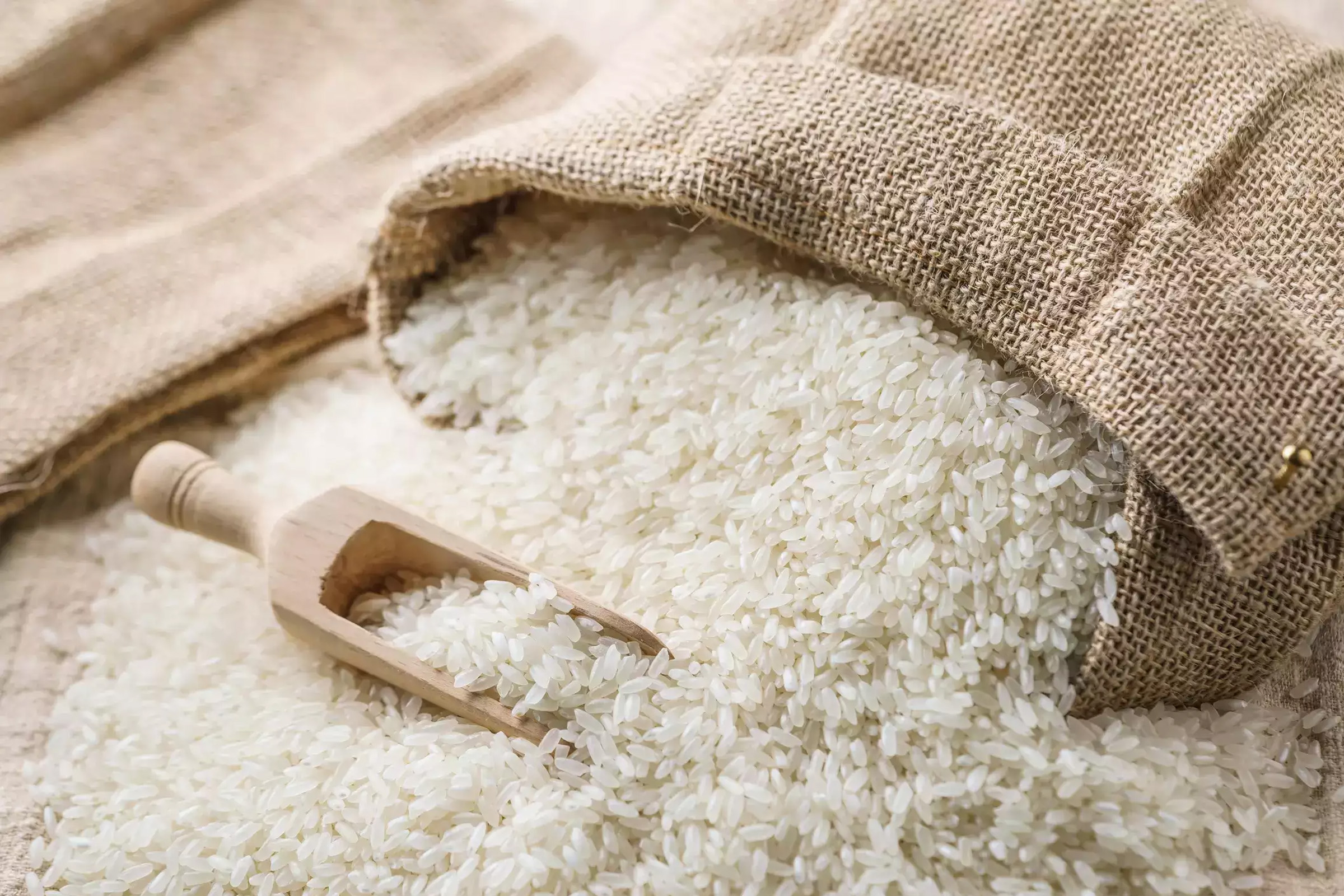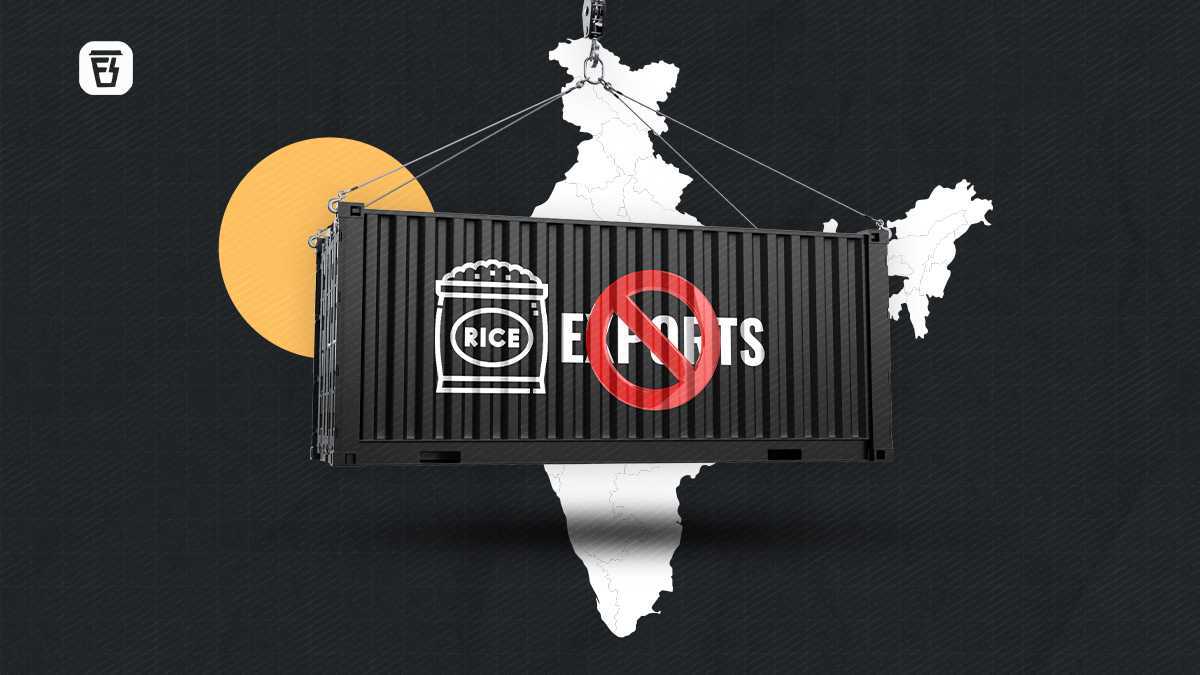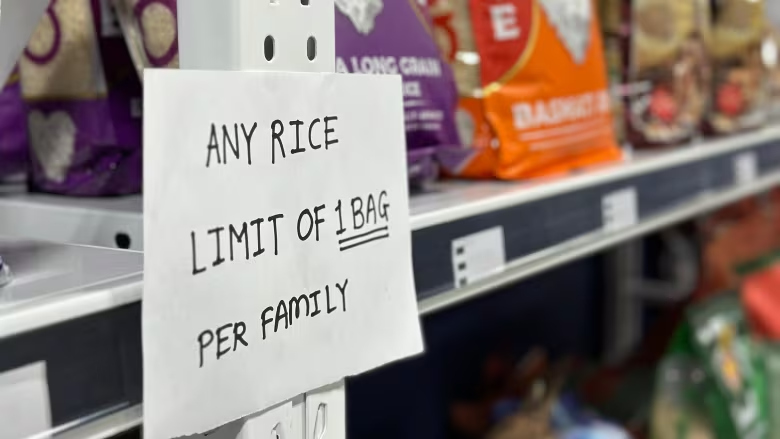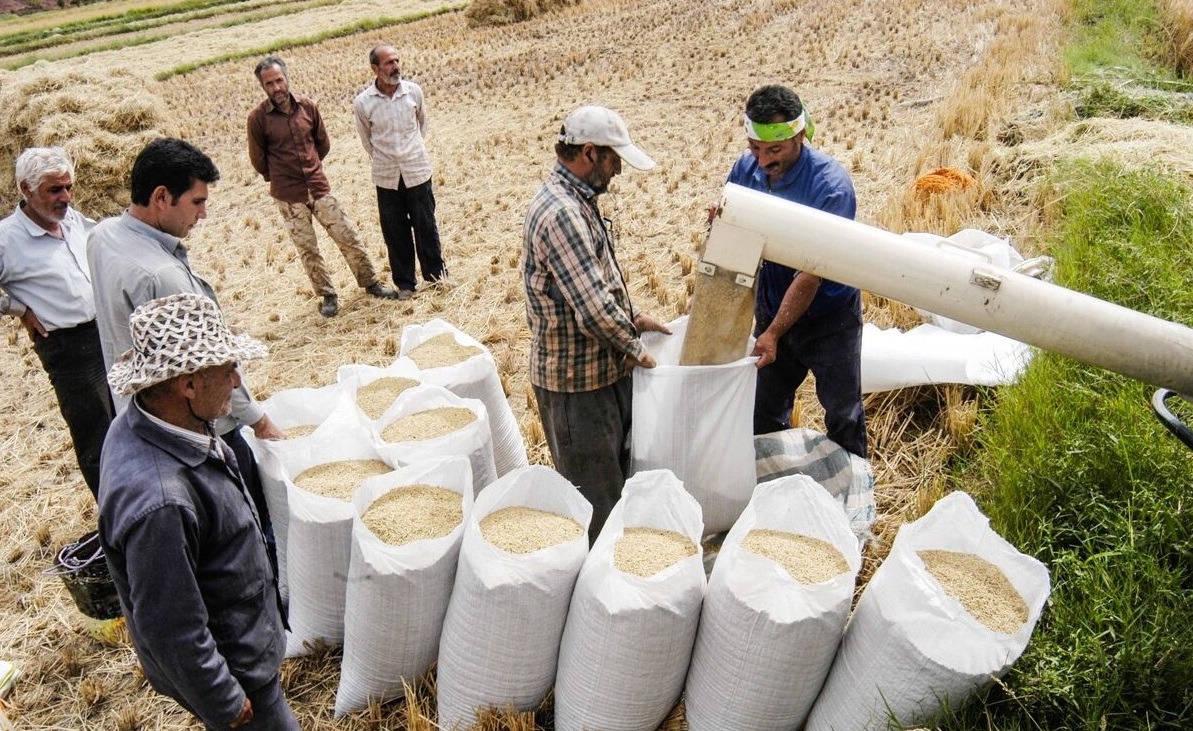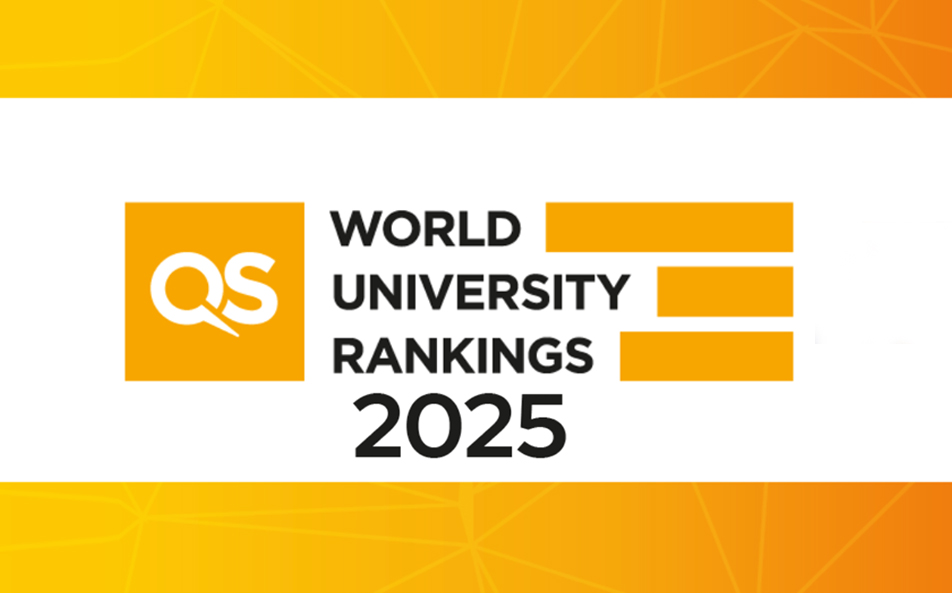
The United Indian

India, the largest rice exporter worldwide, has been a significant player in the global rice trade, accounting for approximately 40% of the total 55.6 million metric tonnes (MMT) of global rice trade in 2022. However, on July 20, 2023, the Indian government announced a sweeping ban on the export of non-Basmati rice. This decision came in response to mounting concerns about rising domestic prices of rice and the critical issue of food security within the country. The ban applies to all non-Basmati rice varieties, including white rice, brown rice, and broken rice.
Why Did India Ban Rice Exports?
The ban on rice exports was primarily driven by two crucial reasons:
1. Rising Domestic Prices
In recent months, the price of rice in India had surged by over 20%. This steep increase in rice prices put immense strain on household budgets, raising concerns among the government about potential social unrest. By banning rice exports, the Indian government sought to stabilize the domestic market and ensure that rice remained affordable for its citizens.
2. Ensuring Food Security
India is the world's second-largest producer of rice, and its role as a major exporter has significant implications for global food security. Faced with the rising demand for rice both domestically and internationally, the Indian government decided to prioritize its citizens' needs and secure sufficient rice supply for the country.
India, the largest rice exporter worldwide, has been a significant player in the global rice trade, accounting for approximately 40% of the total 55.6 million metric tonnes (MMT) of global rice trade in 2022. However, on July 20, 2023, the Indian government announced a sweeping ban on the export of non-Basmati rice. This decision came in response to mounting concerns about rising domestic prices of rice and the critical issue of food security within the country. The ban applies to all non-Basmati rice varieties, including white rice, brown rice, and broken rice.
Why Did India Ban Rice Exports?
The ban on rice exports was primarily driven by two crucial reasons:
1. Rising Domestic Prices
In recent months, the price of rice in India had surged by over 20%. This steep increase in rice prices put immense strain on household budgets, raising concerns among the government about potential social unrest. By banning rice exports, the Indian government sought to stabilize the domestic market and ensure that rice remained affordable for its citizens.
2. Ensuring Food Security
India is the world's second-largest producer of rice, and its role as a major exporter has significant implications for global food security. Faced with the rising demand for rice both domestically and internationally, the Indian government decided to prioritize its citizens' needs and secure sufficient rice supply for the country.
The Implications of the Ban
The ban on rice exports has had far-reaching consequences on the global rice market and food security:
1. Global Rice Prices Surge
The ban dealt a significant blow to the global rice market, leading to a sharp rise in rice prices worldwide. Since September 2022, rice prices have increased by 15%-20%. The shortage of Indian rice exports affected approximately 40% of the global rice trade, putting pressure on other suppliers and reducing rice inventories.
2. Food Security Concerns in Other Countries
Several countries that relied heavily on rice imports from India are now facing higher prices for rice, impacting their food security and stretching their budgets. The ban has highlighted the vulnerability of commodities markets and the importance of diverse sources for ensuring food security worldwide.
3. Stabilizing Domestic Market
On the home front, the ban helped stabilize domestic prices of rice, ensuring affordability for Indian consumers. However, it also led to localized rice shortages in some regions, prompting the government to import rice to meet the demand.
The Future of Rice Exports from India
The timeline for lifting the ban on rice exports remains uncertain, with the Indian government stating that it will review the ban on a monthly basis. If the ban is eventually lifted, it is likely that rice prices will see a decline. However, there is also a possibility that the government may impose new restrictions on rice exports to prevent future price spikes.
Addressing the Global Rice Shortage
The global rice shortage is a multifaceted issue with several contributing factors. To address this challenge and ensure food security for all, various steps can be taken:
1. Increasing Rice Production
Efforts to boost rice production through improved agricultural practices, expanded irrigation, and the use of pest- and disease-resistant rice varieties can help meet rising demand.
2. Promoting Diverse Grain Consumption
Promoting the consumption of alternative grains like wheat and corn can reduce the over-reliance on rice, diversifying the food supply and mitigating the impact of rice shortages.
3. Enhancing Distribution Systems
Improving the distribution of rice can ensure that it reaches those who need it the most, even in times of scarcity.
The Global Rice Market and Beyond
The ban on rice exports by India has highlighted the intricate interplay between national interests, global trade, and food security. As the world navigates through these challenges, it becomes crucial for governments, organizations, and individuals to work collaboratively in addressing the issue of food security and ensuring the availability of essential commodities like rice for all.
In the coming months, the focus will be on monitoring the market dynamics and the impact of the ban on rice prices. It will also be essential for policymakers to adopt a pragmatic approach in finding a balance between domestic needs and international commitments.
The ban has served as a wake-up call, urging countries to strengthen their agricultural practices, explore alternative food sources, and improve distribution systems. By learning from this experience, we can build a more resilient and sustainable global food system that can withstand future challenges.
Key Takeaways
The Indian government's decision to ban rice exports has reverberated across the global rice market, significantly impacting food security and market dynamics. The ban has raised concerns about global food security, as rice shortages and higher prices affect nations dependent on Indian rice imports. While the exact duration of the ban remains uncertain, it is essential to consider steps to address the global rice shortage by increasing production, promoting grain diversification, and enhancing distribution systems. By adopting these measures, we can work towards a more resilient and food-secure future.
References :
- https://timesofindia.indiatimes.com/blogs/toi-editorials/dont-be-cereal-spoiler-india-dominates-world-rice-trade-export-ban-drives-up-global-food-inflation-undoes-years-of-hard-work/
- https://www.indiatoday.in/diu/story/non-basmati-white-rice-ban-by-union-government-export-diu-story-2413209-2023-07-28
- https://www.ifpri.org/blog/indias-new-ban-rice-exports-potential-threats-global-supply-prices-and-food-security
Read more in Recent Events
Jul 03, 2025
TUI Staff
Jul 03, 2025
TUI Staff
Jun 29, 2025
TUI Staff
Jun 27, 2025
TUI Staff

Stay Tuned with The United Indian!
Our news blog is dedicated to sharing valuable and pertinent content for Indian citizens. Our blog news covering a wide range of categories including technology, environment, government & economy ensures that you stay informed about the topics that matter most. Follow The United Indian to never miss out on the latest trending news in India.
©The United Indian 2024

